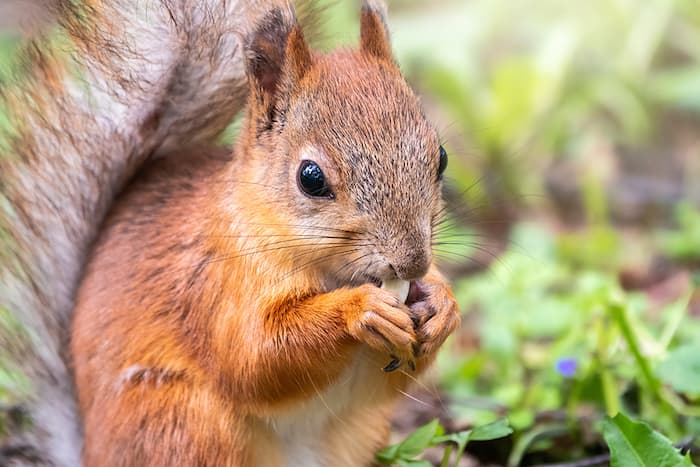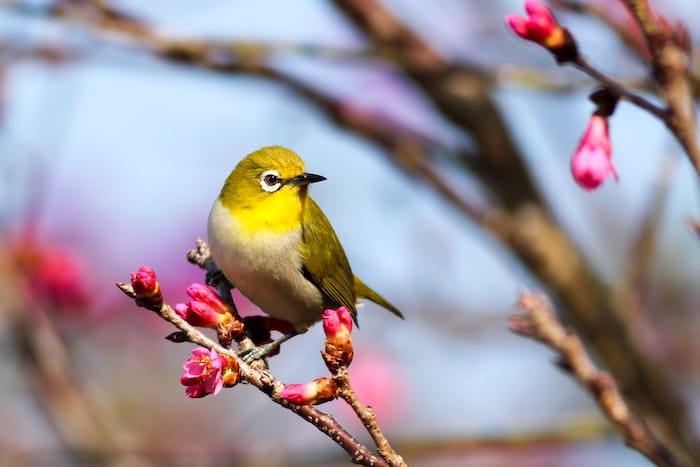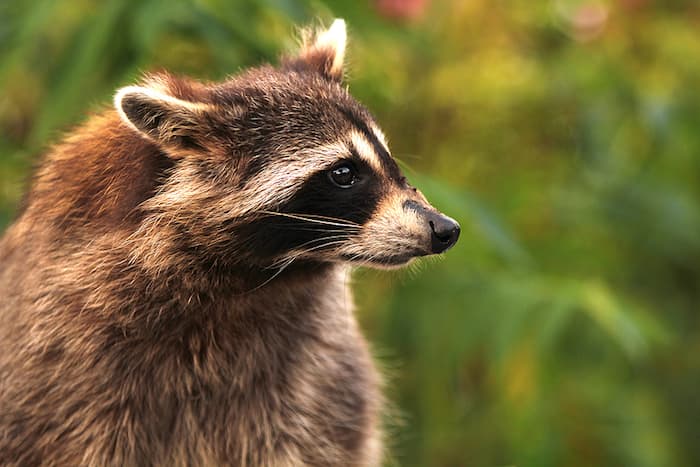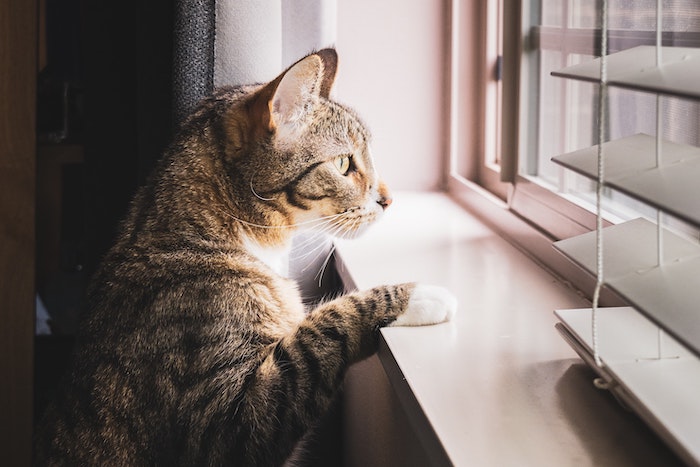Maintaining a garden can be a rewarding and enjoyable experience, especially when you witness the diversity of wildlife it attracts. From chirping birds to buzzing bees and curious critters, your garden can become a thriving ecosystem. However, keeping track of all the animals that visit your garden may seem like a daunting task. Fear not! In this article, we will explore practical and effective methods to help you observe, identify, and record the fascinating creatures that call your garden home.

Establish a Wildlife Observation Station
Setting up a designated wildlife observation station in your garden is a fantastic way to get a front-row seat to all the action. Choose a strategic location that offers a clear view of various garden areas. A simple bench or chair with a small table for notetaking and equipment storage can suffice. Consider investing in a pair of high-quality binoculars and a field guide on local flora and fauna. This setup will allow you to observe birds, insects, and other animals from a comfortable distance without disturbing their natural behaviors.
The key to successful observations is patience. Spend time quietly observing the garden from your station during different times of the day and seasons. Note down the animals you see and any specific behaviors you observe. With time, you’ll be able to recognize regular visitors, identify new species, and even spot patterns in their movements and interactions. This method fosters a deep connection with nature and allows you to appreciate the intricate web of life that thrives within your garden.

Utilize Technology for Wildlife Monitoring
Embrace the power of technology to aid in tracking and identifying the various animals that visit your garden by utilizing wildlife monitoring apps and installing motion-activated cameras in discreet spots around the garden. These cameras can capture images and videos of animals in their natural element, including a camera for bird feeder, allowing you to observe and document the diverse wildlife residing in your garden. Modern wildlife apps equipped with image recognition technology also complement these efforts, enabling you to identify species from photographs and contribute valuable data to scientific research and conservation efforts.
Create a Garden Journal
Keeping a garden journal is an age-old yet invaluable tradition that allows you to document your observations, thoughts, and ideas about your garden’s inhabitants. It serves as a personal record of the evolution of your garden’s ecosystem. Use the journal to jot down daily or weekly entries about the animals you encounter, their activities, and any changes you notice in their behavior over time.
In addition to written notes, consider sketching the animals or recording audio notes to capture their unique sounds. You can also include pressed flowers or leaves from the garden to create an artistic and visual representation of your observations. The process of journaling deepens your connection with nature and enables you to reflect on the impact your garden has on the local wildlife.

Create a Wildlife-Friendly Garden
One of the most effective ways to keep track of all the animals in your garden is to create a habitat that attracts and sustains diverse wildlife. Design your garden with a variety of native plants that provide food, shelter, and nesting opportunities for different species. Choose plants that bloom at various times of the year to attract a wide range of pollinators and other insects. Incorporate a mix of trees, shrubs, and flowers to accommodate birds, butterflies, bees, and small mammals.
To further enhance the wildlife-friendliness of your garden, consider adding water features like birdbaths or small ponds. These water sources will not only attract birds but also provide a refreshing oasis for other animals. Avoid the use of harmful pesticides and herbicides, as these chemicals can disrupt the delicate balance of your garden’s ecosystem. By cultivating a wildlife-friendly garden, you create an environment that encourages animals to return regularly, allowing you to keep track of their activities more effectively.
Invite Experts for Bioblitz Events
Organize bio blitz events in your garden by inviting local experts and fellow nature enthusiasts to participate. A bioblitz is a collaborative effort to record as many species as possible within a designated area and time frame. Having experienced naturalists and specialists in different fields can help you identify and catalog the various animals in your garden accurately.
During a bioblitz, participants work together to spot and document different species, including birds, insects, mammals, fungi, and plants. These events foster a sense of community and a shared passion for wildlife observation and conservation. The collected data can contribute to important research and help create a more comprehensive understanding of the biodiversity in your garden and its ecological significance.

Nighttime Wildlife Watching
Expand your wildlife tracking horizons by embracing the wonders of nocturnal garden activity. Many fascinating creatures come to life after the sun sets, and observing them can be a thrilling experience. To venture into nighttime wildlife watching, equip yourself with a reliable flashlight or headlamp and a red filter to minimize disturbance to the animal’s natural behavior. Find a comfortable spot in your garden, away from bright lights, and let your eyes adjust to the darkness.
Nighttime wildlife watching often reveals a different set of animals, such as bats, owls, raccoons, and night-flying insects. Listen closely for the unique calls and sounds that fill the nighttime air, and use your flashlight sparingly to avoid startling the animals. Keep a notebook handy to jot down your observations, and over time, you’ll gain insights into the secretive and enchanting world that unfolds in your garden after dusk.
Tracking Through Footprints and Signs
Learn to read the signs animals leave behind. Footprints, scat, feathers, nests, and other traces provide valuable clues about the presence and activities of various creatures in your garden. Invest in a field guide on animal tracks and signs, or utilize online resources to help you identify the different imprints and markings you come across.
Tracking through footprints and signs is especially useful when you might not always see the animals themselves. By examining these indicators, you can deduce which animals visit your garden and when they were last present. It adds an exciting dimension to your wildlife tracking adventures and helps you form a more complete picture of the diverse inhabitants that share your garden space.
As you embrace nighttime wildlife watching and explore the art of tracking through footprints and signs, your garden will reveal even more of its hidden treasures. The mysterious activities of nocturnal creatures and the subtle traces they leave behind will enrich your understanding of the complex ecosystem thriving in your green oasis. By incorporating these methods into your wildlife tracking repertoire, you become a keen observer and a dedicated custodian of the diverse and delicate world of your garden’s animals. Embrace these techniques with enthusiasm, and your connection with nature will deepen as you uncover the wonders of the animal kingdom, right in your backyard.
